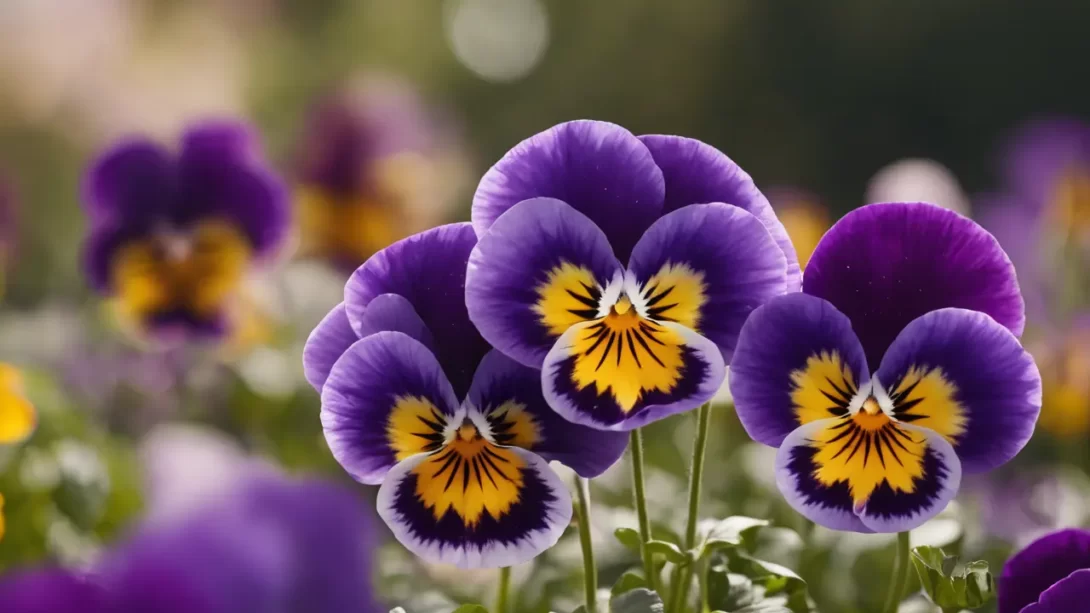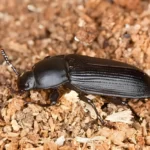Deadheading, the practice of removing faded or dead flowers, is a vital part of caring for pansies. These vibrant and popular garden flowers are known for their wide range of colors and heart-shaped petals. Regular deadheading not only keeps pansies looking their best but also encourages a longer blooming period. This article guides you through the process of deadheading pansies, ensuring your garden remains colorful and lively.
Pansies and Their Growth Cycle
Pansies, with their distinctive five-petaled flowers, are cool-weather favorites in many gardens. They typically bloom in the cooler months of spring and fall, and in some climates, throughout the winter. The blooming cycle of pansies involves producing flowers, which eventually wilt and set seeds. Understanding this cycle is key to timely deadheading, as it can significantly extend the flowering season and enhance the plant’s overall vigor.
Benefits of Deadheading Pansies
Deadheading pansies offers several benefits. Primarily, it encourages the plant to produce more blooms. By removing spent flowers, you prevent the plant from using its energy to produce seeds, redirecting it towards new floral growth. This results in a fuller, more vibrant plant. Additionally, deadheading can help prevent diseases and pests, as old, decaying flowers often attract unwanted visitors and can harbor fungi or bacteria. Regular removal of these flowers keeps your pansies healthier and more attractive.
Tools Needed for Deadheading Pansies
The right tools are essential for efficient and safe deadheading. For pansies, small garden shears or scissors are ideal. They allow for precise cuts and minimize damage to the surrounding blooms and foliage. Hand-picking is also an option, especially if the flowers are loose and come off easily. Ensure that whatever tool you use is clean and sharp to prevent disease transmission and ensure a clean cut, which is healthier for the plant.
Identifying Flowers to Deadhead
Knowing which flowers to remove is key to effective deadheading. Spent pansy blooms typically appear wilted, faded, or shriveled. They may hang down, and their color often looks dull compared to the vibrant hues of healthy blooms. It’s important to distinguish these from healthy blooms and unopened buds. Buds are usually smaller, more rounded, and have a distinct color that indicates they’re yet to open. Avoid removing these, as they are your plant’s future flowers.
Step-by-Step Guide to Deadheading Pansies
- Examine the Plant: Carefully inspect your pansies to identify all the spent flowers.
- Choose the Right Point to Cut: For pansies, it’s best to cut the flower stem at the base of the bloom, just above the first set of leaves.
- Use the Right Technique: If using scissors or shears, make a clean, angled cut to prevent damaging the stem. If hand-picking, gently hold the stem near the base of the flower and lightly pull.
- Be Gentle: Pansies are delicate. Work slowly and carefully to avoid damaging the healthy parts of the plant.
- Dispose of Spent Blooms: Collect and discard the dead flowers to keep the area clean and deter pests.
Following these steps ensures that your pansies are deadheaded correctly, promoting more robust and prolonged blooming.
Aftercare Following Deadheading
After deadheading, pansies will benefit from some additional care to encourage new growth and maintain overall plant health. Ensure they receive adequate water, especially if the weather is dry. However, avoid overwatering as pansies do not fare well in soggy soil. Feeding your pansies with a balanced fertilizer can provide them with the necessary nutrients to bloom again. Pansies also prefer cooler temperatures, so in warmer climates, providing some shade can help prolong their blooming period. Regularly check for pests and diseases, as healthy plants are less susceptible to issues.
Common Mistakes to Avoid in Deadheading
There are a few pitfalls to avoid for successful deadheading:
- Deadheading Too Late: Waiting too long to remove spent blooms can lead to seed formation, signaling the plant to stop producing new flowers.
- Damaging the Plant: Be careful not to harm the healthy parts of the plant while removing dead flowers. Rough handling can damage stems and leaves.
- Neglecting Regular Maintenance: Consistency is key in deadheading. Regularly inspecting and maintaining your pansies ensures continuous blooms.
- Improper Tool Use: Using dull or dirty tools can harm the plants and introduce diseases. Keep your tools clean and sharp.
Conclusion
Deadheading pansies is a simple yet crucial task in garden maintenance. It encourages longer and more vibrant blooming periods, contributing to the overall aesthetics of your garden. By correctly identifying spent flowers, using the right tools, and following proper deadheading techniques, you can keep your pansies flourishing. Remember to provide post-deadheading care and avoid common mistakes to ensure your pansies remain a stunning feature in your garden.



